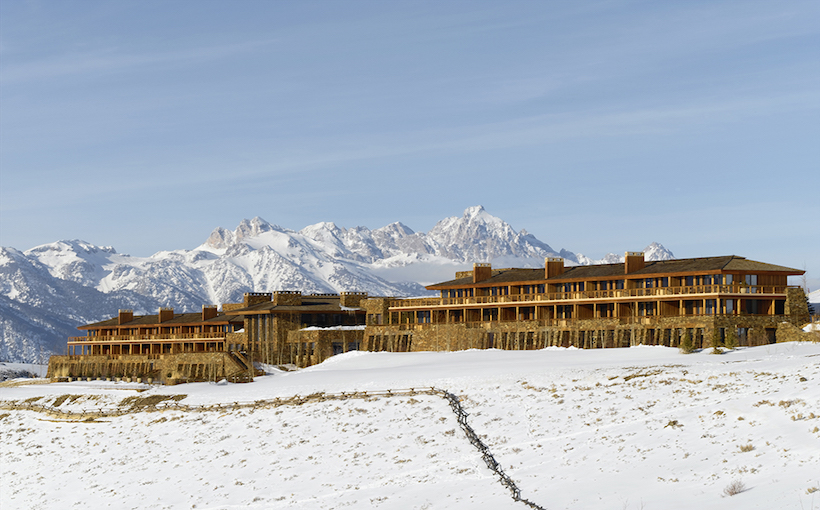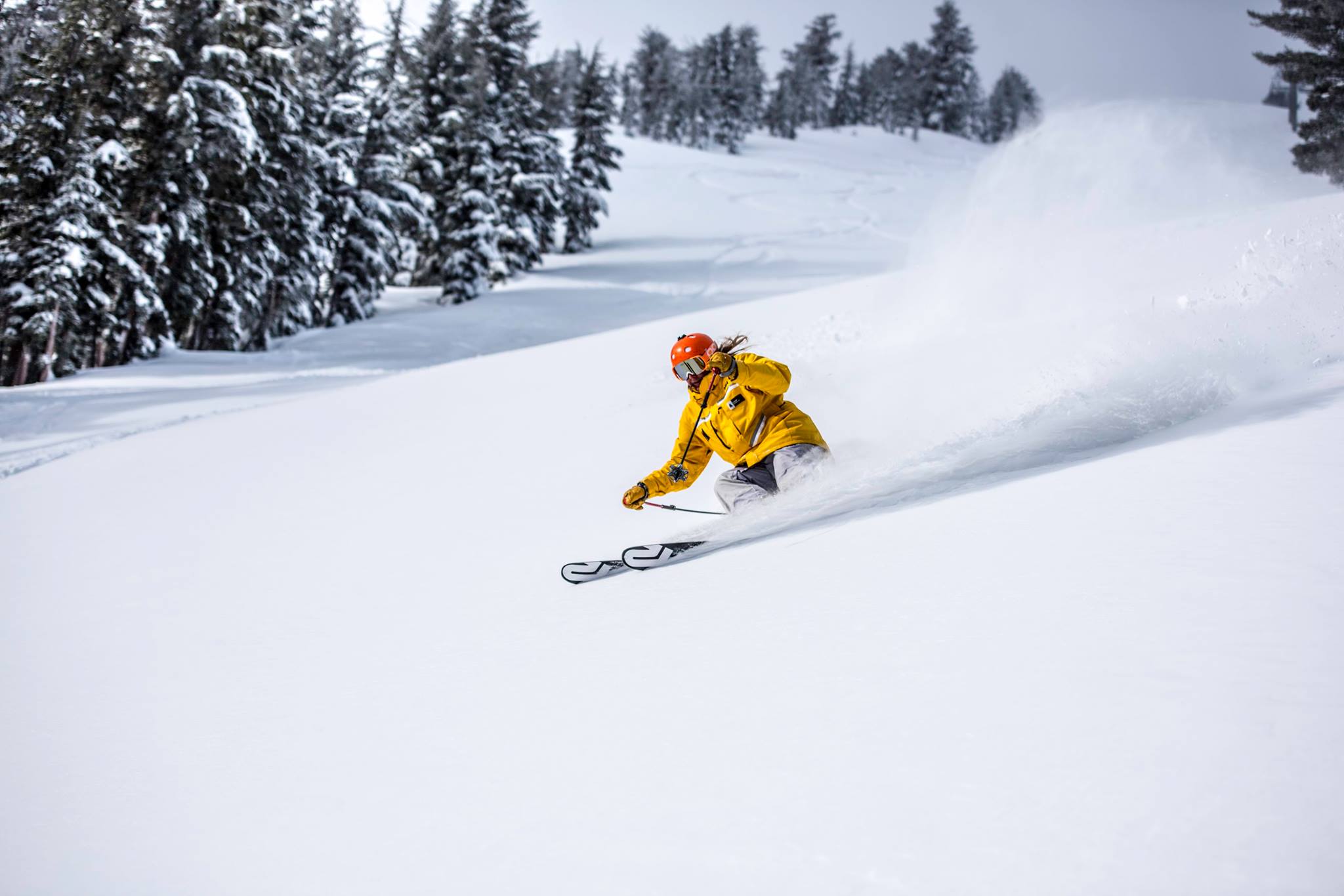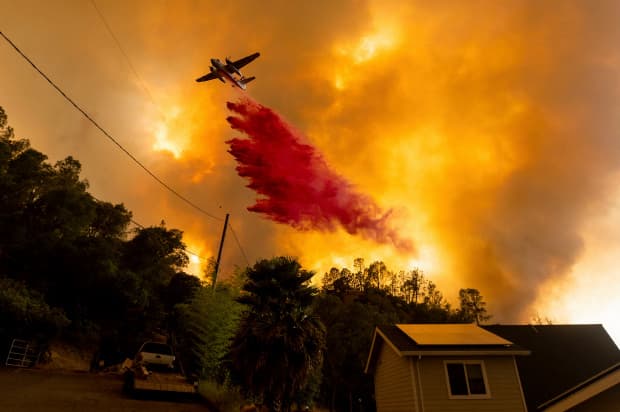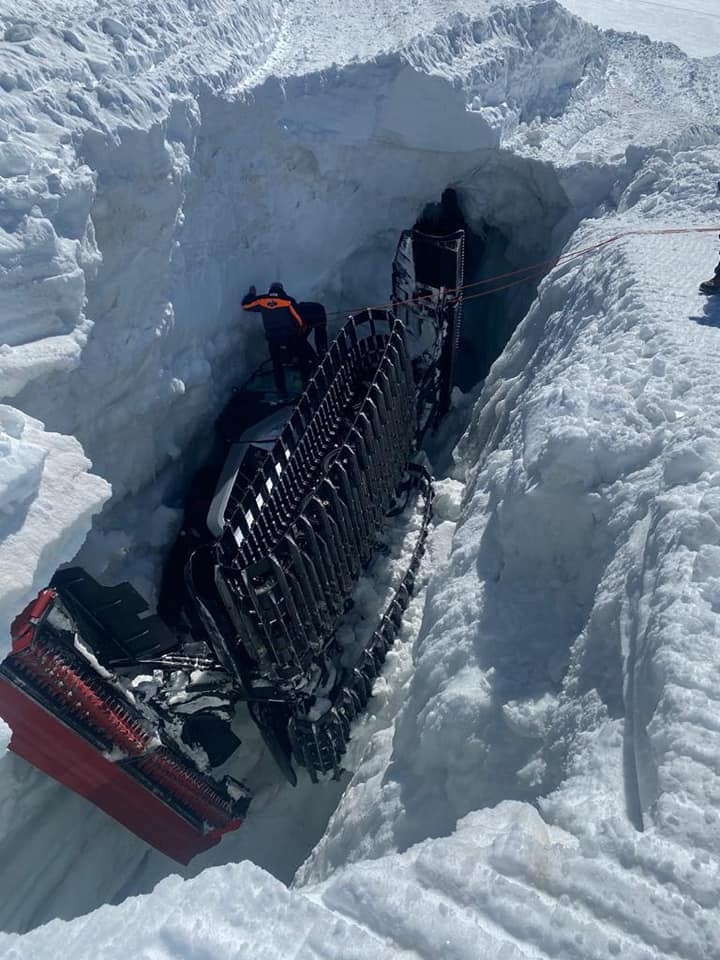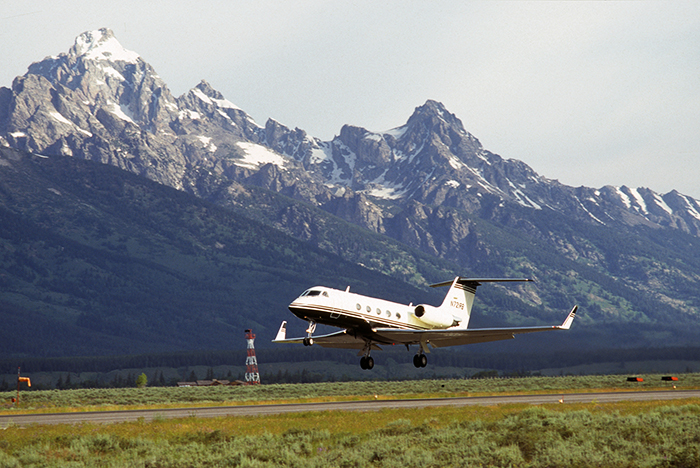
In recent weeks the Jackson Hole airport has seen many private jets landing, carrying wealthy passengers fleeing COVID-19 hot spots elsewhere. They are coming to Jackson Hole and surrounding counties in Wyoming as a means to escape the confinement of crowded cities where COVID-19 cases are increasing rampantly.
Teton County residents aren’t exactly welcoming them with open arms, either. Many fear that these arriving wealthy property owners coming in from out of state could be bringing the virus along with them.
This has residents of Teton County worried. Although plane landings have slowed in recent weeks, the arrivals of these wealthy individuals escaping coronavirus-heavy areas could have a severe impact on the rural town and healthcare setting if even some of them are carriers of the virus. This notion has become subject to recent controversy and even appeared as the topic of an opinion piece published on Wednesday by The New York Times.
Dr. Justin Farrell, an associate professor at Yale and author of “Billionaire Wilderness,” recently wrote in the New York Times regarding the arrivals of the escaping rich to Teton County:
Some have brought their own medical equipment — even a ventilator, according to one local doctor — to this remote corner of Wyoming. With its magnificent landscape and extremely favorable state tax policies for the rich, Teton County, home to Jackson Hole, has quietly become the richest county in the United States. Its per capita income is the nation’s highest, at $251,728, nearly $58,000 more than Manhattan, its closest competitor. The county’s 1 percent earned an average of $22.5 million a year in 2015.
As of right now, Teton County has 59 confirmed cases of COVID-19, the highest number in the state after the much more populous Laramie County, which has 67. However, The New York Times reports that Teton County leads Wyoming in the rate of cases by far, with 242.9 per 100,000 people. (An additional three cases were of people who had home addresses outside the county.) As of Friday, there have been no deaths in the county, but health officials don’t expect the number of cases in Wyoming to peak until the end of the month.
The probability of somebody bringing an additional case of the virus to Teton County increases as more people continue to fly into the area, which could have an impact on the area’s rural health care system. The county’s sole hospital, St. John’s Health, has 24 ventilators and a dwindling supply of personal protective equipment.
A local pharmacist reported processing a lot of prescription transfers from other states, indicating that more people from out of state are currently living in the area. Dr. Farrell writes in The New York Times,
But a pharmacist reported to local health officials recently that he was processing a lot of prescription transfers from other states for three-month refills. And an employee for a company that provides services for the ultrawealthy (few people were willing to be quoted by name) told me that she estimated there are 30 percent more of those families around than usual at this time of year.
“We’ve done all we can to provide for them, such as grocery shopping and other services,” she told me. “Many came for spring break, went home, and then came right back. I know one family of six from Manhattan that has rented a house until August.”
Other permanent wealthy residents are worried about the toll this will take on the low-income community that supports their way of life. Western hideouts like Teton County provide getaways for the ultrarich but often come at the expense of the local working class. Often, the rural working class is already faced with issues like unaffordable housing, lower wages, and overstressed, rural health care systems.
Will these superrich homeowners make matters worse by running for the hills, which for many of them, just so happen to be located in Teton County?
